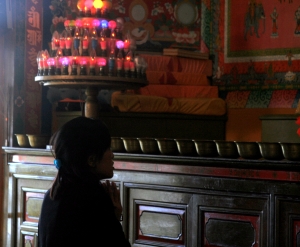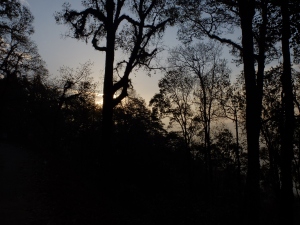Today, time is the rarest, most valued commodity. Not gold, not silver, but time.
It arrives too quickly without warning and is gone far too swiftly. And yet, it does not go quietly, leaving behind it a precious trail of memories, experiences and wisdom — all intertwined to make up the different parts of one remarkable lifetime.
So, imagine if 20 years of your life was taken away from you. What would that mean to you?
I asked myself this question as I thought of His Holiness the 11th Panchen Lama, who is one of Tibet’s most revered leaders in the spiritual and political community.

The only available picture of the 11th Panchen Lama is that of when he was just six years old. He has been in enforced disappearance for 20 years.
The 11th Panchen Lama — who will be all of 26 years as on 25 April 2015 — will have spent 20 long years in enforced disappearance by 17 May 2015. This means, the Panchen Lama has been missing since he was just six years old.
Purely for comparison and meaning no disrespect, I am forced to recall what I was doing at that age.
At the age of six, I was leading a very normal childhood, protected by my parents and family, with my only major worries likely concerning ways to excel at studies/school and maybe also how to acquire enough sweet treats to fill my pockets and mouth.
For the 11th Panchen Lama, Gedhun Choekyi Nyima, at the age of six, he was recognized the world over as its youngest political prisoner. This title was accorded to him after Chinese authorities abducted the young boy, his family and his to-be-teacher on 17 May 1995. The arrests had come soon after His Holiness the 14th Dalai Lama publicly recognized Gedhun Choekyi Nyima as the rightful reincarnation of the Great 10th Panchen Lama.
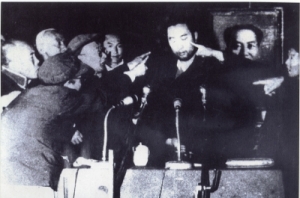
His Holiness the 10th Panchen Lama being subjected to thamzing or struggle session during the Cultural Revolution. “In person, the 10th Panchen Lama is an extraordinarily fearless Tibetan who showed unwavering courage to work for the general cause of Tibet and its people,” the Dalai Lama has said.
So in a cruel turn of events, the young Gedhun Choekyi Nyima — who should have been enthroned at a traditional, grand ceremony at his monastery, the Tashi Lhunpo Monastery — was instead thrust into oblivion, as China continued to stay tight-lipped about the whereabouts and well-being of the young lama, all through these past 20 years.
Between the ages of 6 and 20, I lived a lifetime — as do most people. I was able to go through high school, finish my post graduate degree and start working for a living, and through it all, experience joy, love, pain, laughter, betrayal, kindness and true friendship.
In comparison, the past 20 years of the 11th Panchen Lama’s life remains a mystery. Did he have a normal childhood, or as normal a childhood as is possible under the circumstances? Was he allowed to move freely in society, albeit in the guise of a commoner? Did he receive the freedom to practice his religious beliefs, study the Dharma, learn and debate with great scholars?
And the more heartbreaking, yet unavoidable question: Is he still alive and safe?

His Holiness the Dalai Lama with the monks from the Tashi Lhunpo Monastery, the seat of the Panchen Lama
Countless appeals and calls by world leaders and activist groups for his release or information of his whereabouts and well-being have yielded no answers from China.
For 20 long years, we screamed on the pavements of cities and towns across the globe; lobbied peacefully with lawmakers; stood outside the buildings of the United Nations and the Chinese Consulate; signed countless signature campaigns; held innumerous press conferences; initiated multi-year campaigns worldwide; and prayed earnestly together under make-shift tents as our stomachs gnawed in pain from hunger, sometimes for a few hours, at other times for days or weeks on end — all with the hope for his eventual release.
For 20 long years — and long they were — we did not lose hope.
We self immolated before make-shift altars with offerings to images of the Dalai Lama and the Panchen Lama; cried for his swift release as our bodies went up in flames; refused to bow our heads to the fake Panchen Lama, as we waited earnestly in the hope of his eventual release.
For 20 long years, we did not lose hope. If it takes another lifetime too, we will continue to hope.
—————–
Show your solidarity with the campaign to free the Panchen Lama. Visit the Central Tibetan Administration’s #ReleasePanchenLama campaign and the official website of the Tashi Lhunpo Monastery, the seat of the Panchen Lama.



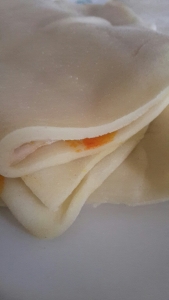
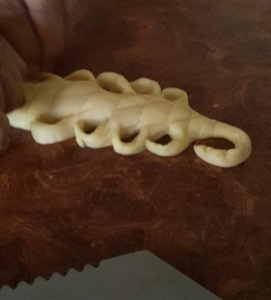
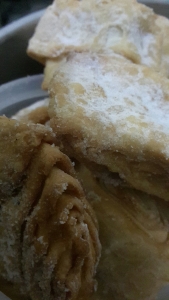


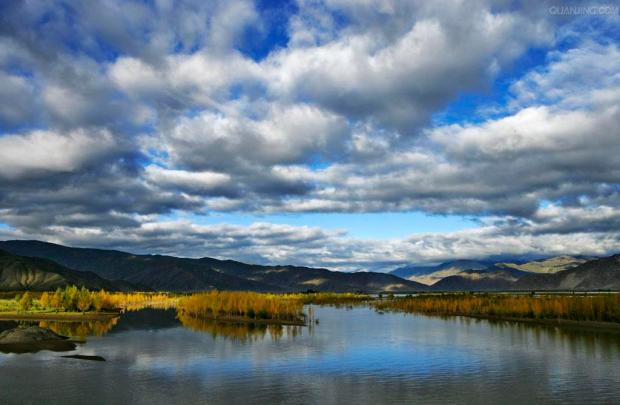
 But today, I am throwing caution to the winds by proudly letting you know that I was nominated for my first blogging award — The Versatile Blogger Award — by
But today, I am throwing caution to the winds by proudly letting you know that I was nominated for my first blogging award — The Versatile Blogger Award — by 

